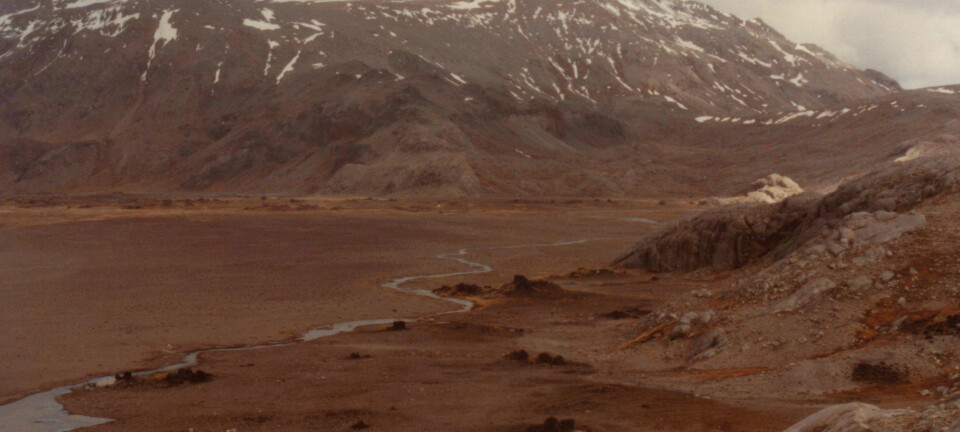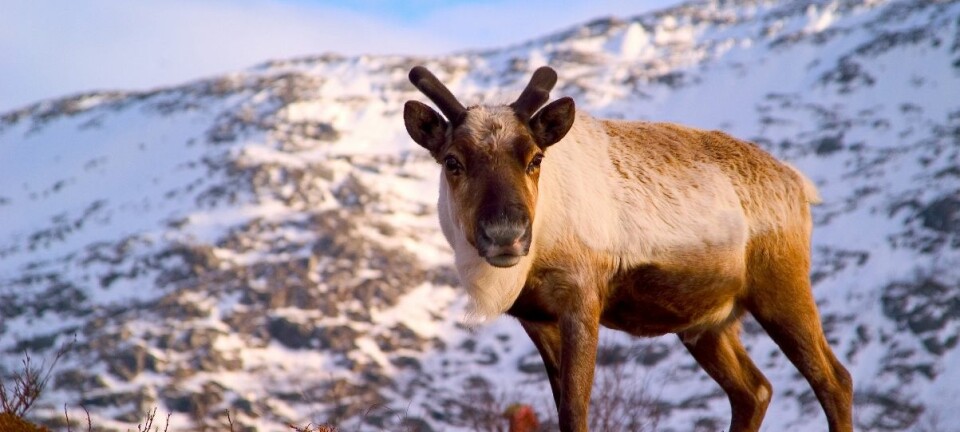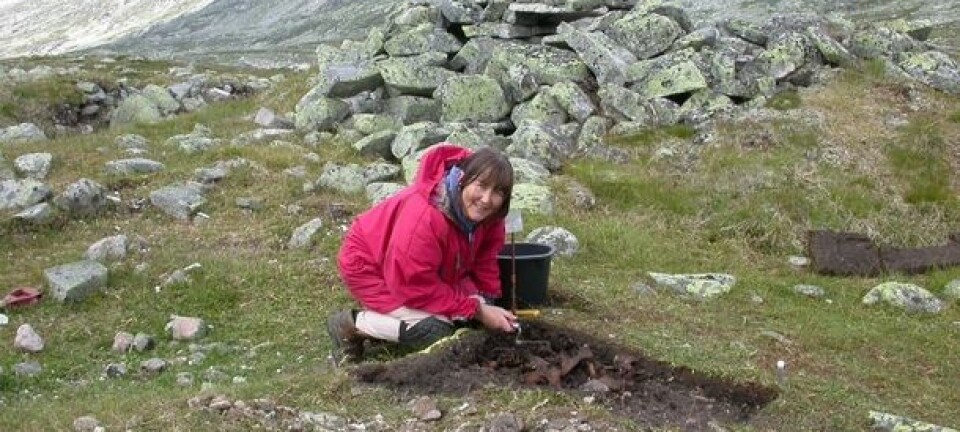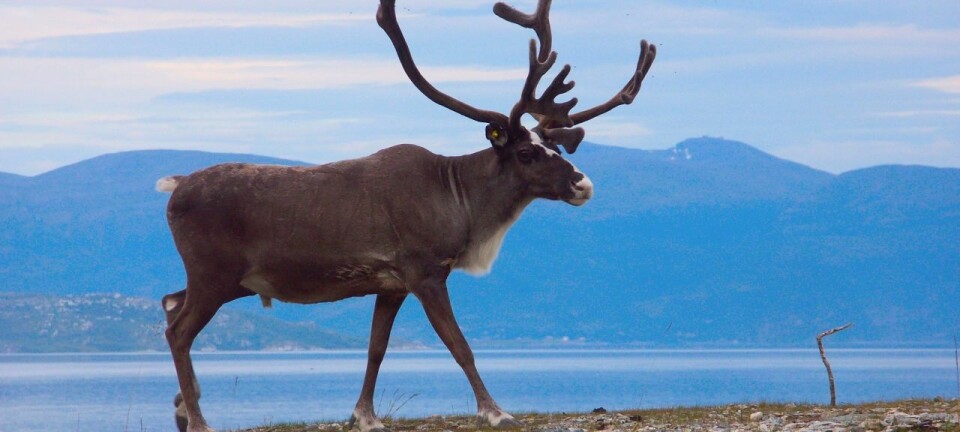This article was produced and financed by The Fram Centre
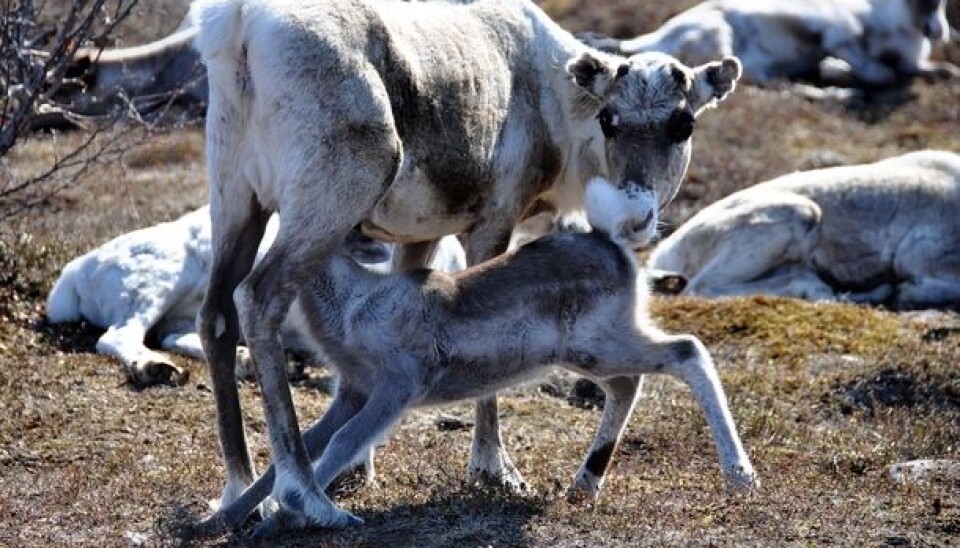
Earlier spring benefits reindeer husbandry
Expected climate change is signalling good news for reindeer husbandry: an earlier spring means more calves and possibly reindeer with a higher slaughter weight.
Denne artikkelen er over ti år gammel og kan inneholde utdatert informasjon.
An earlier spring results in more female reindeer producing calves. The calves are also bigger in the autumn if spring comes early, according to a recently published study from the Fram Centre.
This may be good news for reindeer husbandry in the light of the expected effects of climate change.
But this should be translated into increased slaughter outtake rather than more reindeeer.
Better on mainland
The future prospects for reindeer on the Norwegian mainland are far better than for the reindeer on Svalbard.
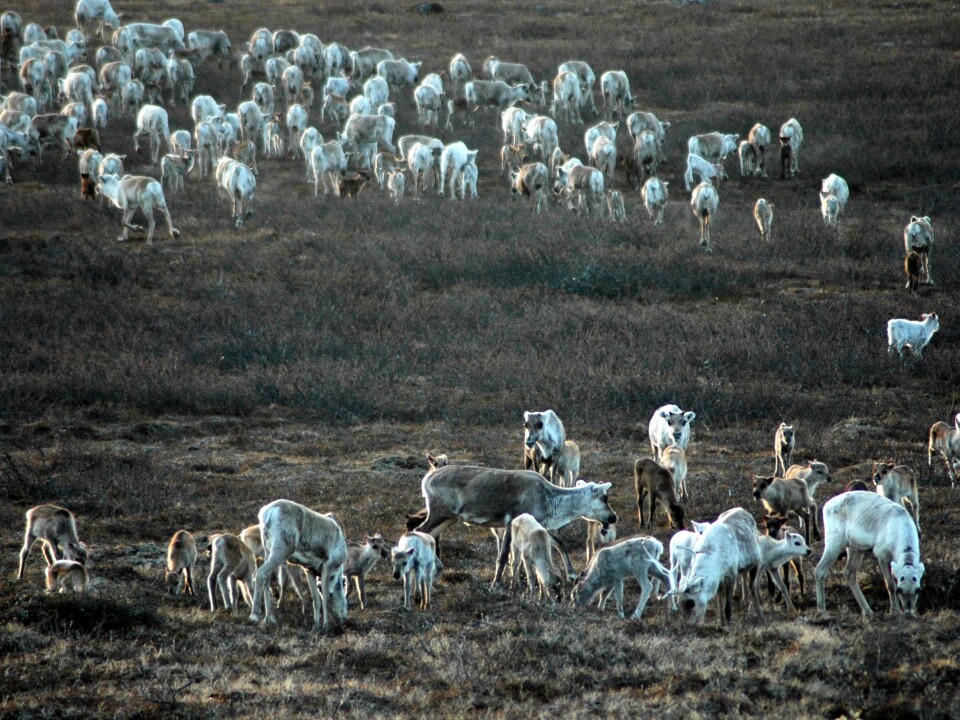
Increasingly mild winters on Svalbard are bringing rain which turns into ice on the ground, making it impossible for Svalbard’s land mammals, including reindeer, to access food.
Ice formation of this kind has up to now not been a common problem on the Finnmarkssvidda mountain plateau, where winters are much drier and with more stable cold weather periods. This means that the Finnmark reindeer have access to grazing all year round.
Early spring gives more calves
In northern latitudes, an earlier spring will be one of the most important changes we can expect to see as a result of changes in Earth’s climate. For many animals, this may mean a change for the better.
Snow and cold make winter a difficult period with little food for much of the fauna in cold regions. The arrival of spring is thus particularly welcome in the animal kingdom. When plants sprout and insects wake from their winter hibernation, they provide nutritionally rich food for many.
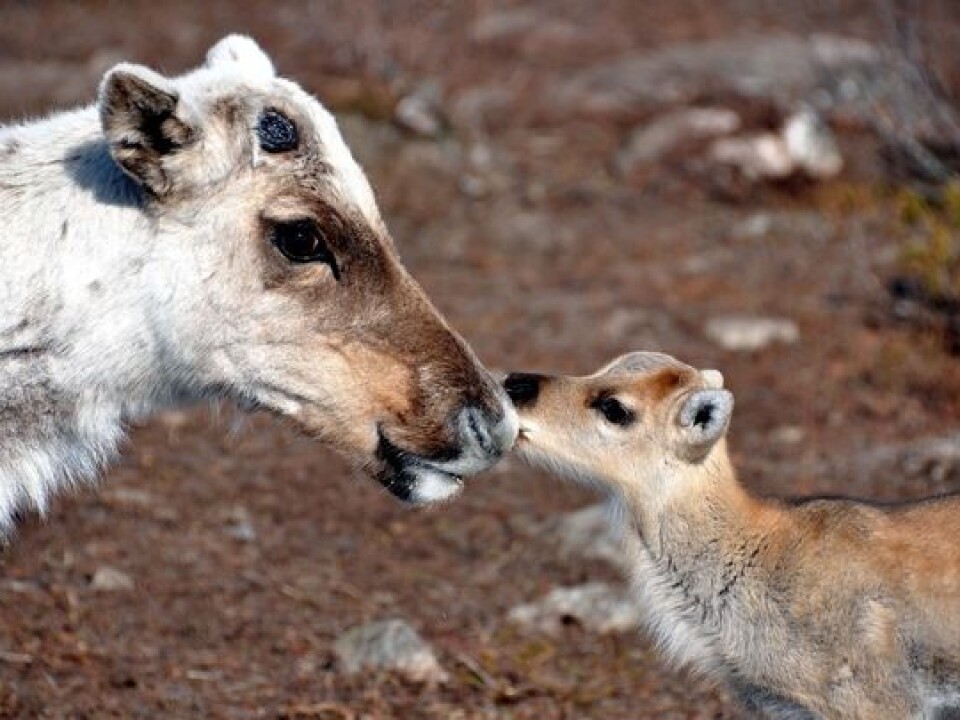
Research scientists at the Norwegian Institute for Nature Research’s department at the Fram Centre in Tromsø have now published an article in the periodical PLOS ONE in which they study the significance of the timing of spring for the tame reindeer herds in Finnmark.
“The timing of the arrival of spring is proving to be decisive for whether many or few calves are produced in the reindeer herds,” says senior research scientist Torkild Tveraa, who headed the study.
“In years when spring comes early, a large proportion of the females have calves, but a very late spring can result in catastrophically low calf production,” explains Tveraa.
Mothers in better shape
The reason is probably that an early spring means that the females are in better condition when they calve and in the weeks following, and can thus offer their calves plenty of good, nutritionally rich milk.
In addition to the timing of the arrival of spring, the study also shows that low reindeer numbers and high plant production in the summer result in an increase in calf production and increased slaughter weights in the autumn.
“In order for reindeer husbandry to have full benefit from this tendency towards earlier springs, it is important that we can harvest the resulting surplus", says Tveraa.
In the past 10 years, the increase in the numbers of reindeer in Finnmark has resulted in the animals being in poorer condition, with a resultant decrease in calf production and in calf growth.
"With larger numbers of reindeer, the positive effects of a better climate will be minimal,” concludes Tveraa.
------------------------
Read the Norwegian version of this articl articla at forskning.no







